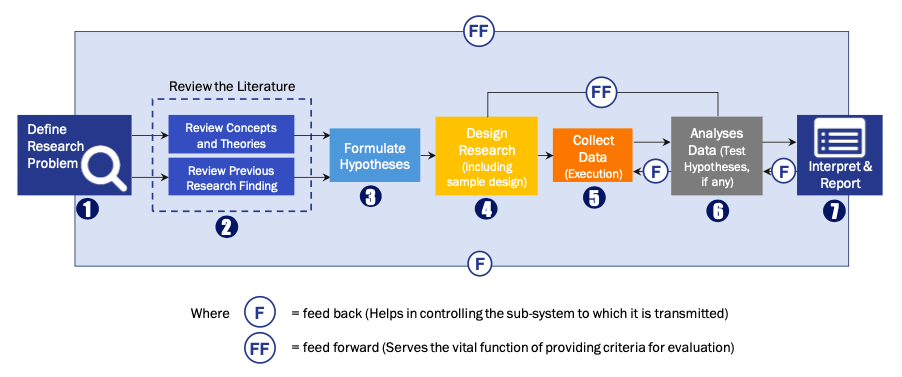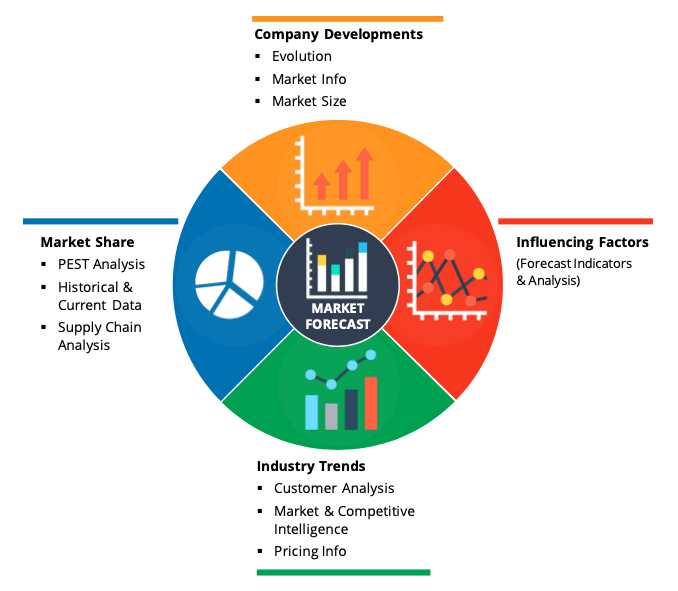The specialty chemical market is expected to register a CAGR of 5% over the forecast period 2023-2030.
The COVID-19 pandemic had declined the demand for speciality chemicals, thereby the growth of the studied market was impacted. For instance, an article published by Springer Nature in December 2022, reported that owing to the pandemic scenario, several countries went into lockdown, which led to supply chain disruptions, work stoppages, and labour shortages, as a result, the demand for speciality chemicals got decreased, thereby impacting the growth of the studied market. However, in the current after the decrease in COVID-19 cases, the sector is recovering well since restrictions were lifted. An increase in house sales and new project launches have led to a rise in the demand for paints, coatings, and construction chemicals. The increasing demand for various chemicals led to a market recovery over the last two years.
The factors driving the growth of the studied market are increasing demand for end-user industries and the development of green and sustainable speciality chemicals.
As per the scope of the report, speciality chemicals are either single-chemical entities or mixtures of various chemical ingredients that are designed for specific applications and sometimes for specific customers. They are sold based on their performance or function rather than their composition.
By Chemical Type :
Geography :
The report offers the value (in USD million) for the above segments.
Speciality Chemical Market Agrochemicals Segment to Dominate the Market Demand. The agrochemicals segment dominated the share in the speciality chemicals market. The segment's growth is extensively driven by the decreasing per capita arable land and increasing demand for food worldwide. The global population is increasing rapidly. This growing population is adding to the food demand. Supplying food to this ever-increasing population is becoming a threat. On the other hand, arable land is declining due to industrialization and urbanization. Fertilizers have been used for a long time to increase crop productivity, thus, enhancing agrochemicals demand over the forecast period.
With the increasing per capita income and growing population, food and cash crop demand is estimated to increase globally. For instance, as per the FAO, the food demand in the United States is expected to increase by 50-90% by 2050.
The Food and Agriculture Organization of the United Nations (FAO) and the International Food Policy Research Institute (IFPRI) have published projections of an increase in global food demand by 2050. The FAO projections indicate that world food demand may increase by 70% by 2050, with much of the projected increase in global food demand expected to come from rising consumer incomes in Asia-Pacific, Eastern Europe, and Latin America.
Furthermore, owing to the growing concerns about nutrient efficiency uptake by plants and the growing regulatory health and environmental concerns, micronutrient fertilizers, bio-based fertilizers, and speciality fertilizers (like liquid fertilizers) are gaining popularity. Bio-herbicides that use microbes as biological weed control agents are also gaining popularity in integrated pest management techniques, along with synthetic herbicides. Although the segment constitutes only a tiny part of the industry, it is expected to grow significantly.
The Asia-Pacific region dominated the speciality chemicals market. It is likely to retain its position during the forecast period due to robust growth of the construction sector, increasing cosmetic products demand, growing investment and production in the increasing electrical and electronics industry output, increasing demand for adhesives and plastics from the packaging industry, and increasing installations of water treatment systems from the industries in the region. The growing population in the region, especially in countries such as China and India, is increasing the demand for food. It is expected to drive the agrochemical market and consequently help the speciality polymers market grow over the forecast period.
The growth of the Asia-Pacific construction sector is majorly driven by the service sector expansion, leading to an increase in the demand for office spaces, an increase in residential construction projects, and an inflow of investments from multinational companies to set up an industrial base in the region. Such factors will likely increase the demand for paints and coatings, adhesives and sealants, construction chemicals, and speciality polymers in the area during the forecast period. According to the National Bureau of Statistics of China, in 2021, the value added of construction enterprises in China was CNY 8,013.8 billion (~USD 1151.61 billion), up by 2.15% over the previous year.
Competitive Landscape of Global Specialty Chemical Market
The speciality chemical market is partially consolidated, with a few major players dominating a significant portion of the market.
Some Major Companies :
Recent Developments
Q1. How big is the Specialty Chemical Market ??
The Specialty Chemical Market is expected to grow at a CAGR of 5% by 2030.
Q2. Which Region dominates the Specialty Chemical Market ??
The Asia-Pacific region dominated the Specialty Chemical Market.
Q3. Who are the top players in the Specialty Chemical Market ??
BASF SE, DOW Inc., Nouryon and LANXESS AG are the few keyplayers in the Market.
Q4. Which Chemical segment have biggest share in Specialty Chemical Market ??
The agrochemicals segment dominated the share in the Speciality Chemicals Market.
Data Library Research are conducted by industry experts who offer insight on industry structure, market segmentations technology assessment and competitive landscape (CL), and penetration, as well as on emerging trends. Their analysis is based on primary interviews (~ 80%) and secondary research (~ 20%) as well as years of professional expertise in their respective industries. Adding to this, by analysing historical trends and current market positions, our analysts predict where the market will be headed for the next five years. Furthermore, the varying trends of segment & categories geographically presented are also studied and the estimated based on the primary & secondary research.
In this particular report from the supply side Data Library Research has conducted primary surveys (interviews) with the key level executives (VP, CEO’s, Marketing Director, Business Development Manager and SOFT) of the companies that active & prominent as well as the midsized organization
FIGURE 1: DLR RESEARH PROCESS

Extensive primary research was conducted to gain a deeper insight of the market and industry performance. The analysis is based on both primary and secondary research as well as years of professional expertise in the respective industries.
In addition to analysing current and historical trends, our analysts predict where the market is headed over the next five years.
It varies by segment for these categories geographically presented in the list of market tables. Speaking about this particular report we have conducted primary surveys (interviews) with the key level executives (VP, CEO’s, Marketing Director, Business Development Manager and many more) of the major players active in the market.
Secondary ResearchSecondary research was mainly used to collect and identify information useful for the extensive, technical, market-oriented, and Friend’s study of the Global Extra Neutral Alcohol. It was also used to obtain key information about major players, market classification and segmentation according to the industry trends, geographical markets, and developments related to the market and technology perspectives. For this study, analysts have gathered information from various credible sources, such as annual reports, sec filings, journals, white papers, SOFT presentations, and company web sites.
Market Size EstimationBoth, top-down and bottom-up approaches were used to estimate and validate the size of the Global market and to estimate the size of various other dependent submarkets in the overall Extra Neutral Alcohol. The key players in the market were identified through secondary research and their market contributions in the respective geographies were determined through primary and secondary research.
Forecast Model
